What is Mag welding? This piece of writing aims to thoroughly examine MAG welding along with its pros, cons, and the necessary machinery needed to carry out the procedure.
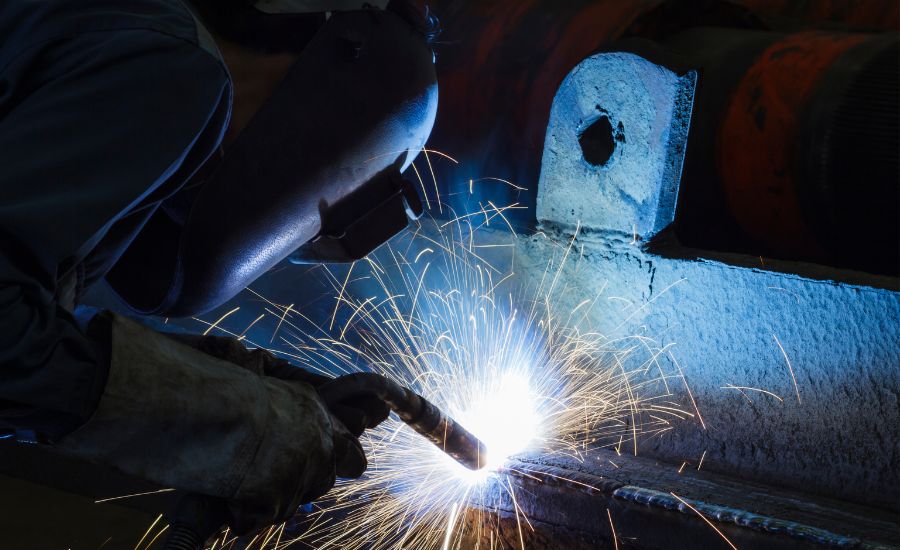
Contents
Description of MAG welding
A prevalent method of welding is Metal Active Gas Welding (MAG), also known as Metal Inert Gas Welding (MIG) or Gas Metal Arc Welding (GMAW).
This technique utilizes an electric arc to melt two metal components.
It is noteworthy that, in some regions, Gas Metal Arc Welding (GMAW) is used interchangeably with MAG welding, depending upon the country of use.
MIG and MAG welding processes
A welding gun is utilized in both procedures to supply the welding wire electrode to the weld pool where it fuses with the base metal using a welding machine.
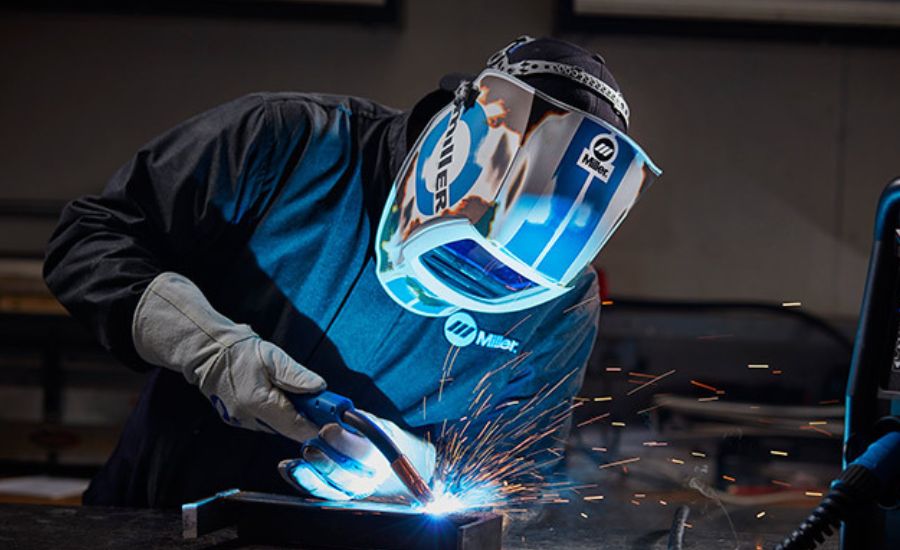
A welding machine is an important tool for welding and fabrication projects.
In addition, both methods use an active shielding gas to safeguard the weld against any contamination from the environment and to maintain stability during arc welding processes.
After the process is complete, the weld pool solidifies and forms a bond between the two pieces of metal.
The resulting weld should be strong, durable, and free of defects.
The essential component of common welding processes is a welding wire. There are several different types of welding wire, including solid wire, flux-cored wire, and metal-cored wire.
Wire feeder is an important component of many welding systems and can improve the quality and efficiency of the process.
A wire feeder is typically a separate unit that is connected to the welding torch or gun.
The wire feeder is designed to provide a consistent and precise feed of welding wire. A wire feeder is used to automate the process.
Heat input is an important factor. Heat input refers to the amount of heat energy that is introduced into the workpiece.
The primary distinction between Metal Inert Gas welding and Metal Active Gas welding is the kind of shielding gas employed.
MIG welding applies only inert gases, such as argon or helium. Inert gases can create a protective atmosphere around the weld pool during the MIG welding process.
MAG welding applies an active gas, such as carbon dioxide, or active gas mixtures of carbon dioxide and other gases.
Carbon dioxide or some other active shielding gases are often used shielding gas in the MAG welding process because of their effectiveness, availability, and affordability.
Another variation between the MIG welding processes and the MAG welding processes is the kind of wire used.
The MIG welding typically applies a solid wire electrode, while another welding can use either a solid wire electrode or a flux-cored electrode.
MAG welding can be an effective method for welding medium-thick sheet metal.
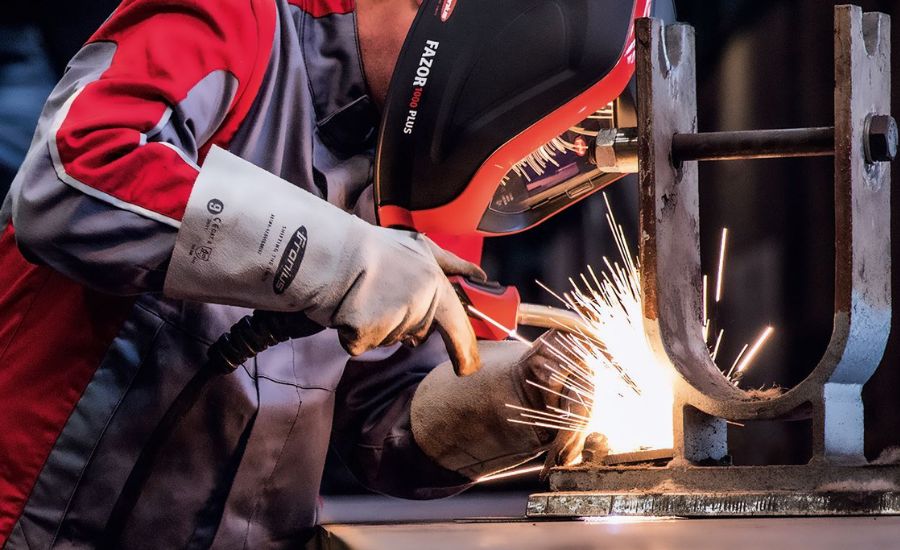
Separate kinds of MAG welding
Various kinds of MIG/MAG welding exist, and each type has its own set of benefits and drawbacks. In MIG/MAG welding, there exist several sorts of metal transfer that are commonly observed:
- Short Circuit Transfer (SCT) is the prevalent metal transfer type in MIG/MAG welding. The functioning mechanism involves the utilization of a diminutive voltage and current to generate a transitory connection amid the electrode and underlying metallic surface.
- The spray transfer method involves the utilization of high voltage and high amperage to generate a fine mist of molten metal. This process is known for its high-energy characteristics.
- The pulsed transfer technique utilizes a lower average current while maintaining a higher peak current for the creation of a pulsed arc. The method is commonly employed to join light gauge metals such as aluminum and sheet metal.
- The process of globular transfer employs high voltage and low amperage to produce a substantial droplet of melted metal.
- The procedure of flux-cored arc welding (FCAW) is a modified form of MIG/MAG welding, which demands the use of a wire-shaped tube that is packed with flux. A shielding gas is produced by the reaction of the flux with the welding arc, thereby negating the requirement for an external shielding gas.
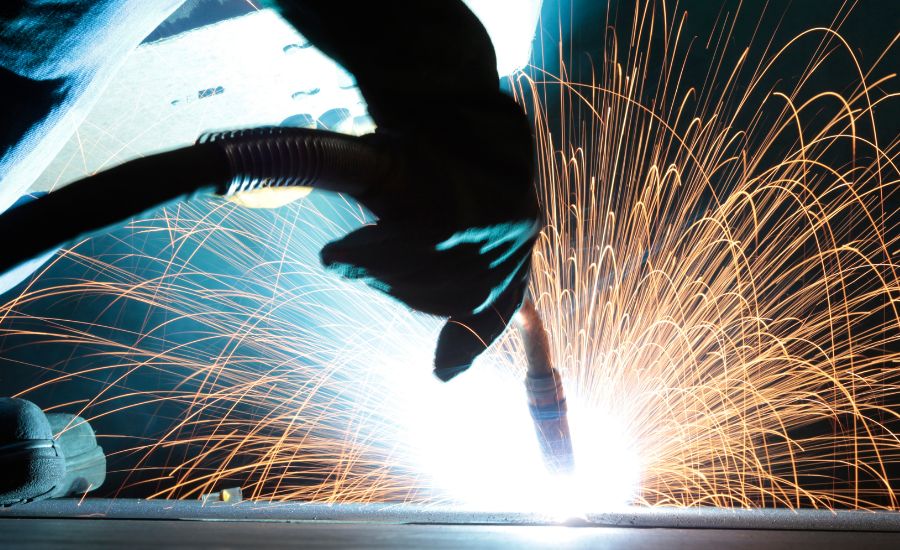
Benefits and drawbacks of MAG welding
Both MAG and MIG welding methods have their respective benefits and drawbacks. Outlined below are several prevalent pros and cons of MIG/MAG welding:
Benefits
- Versatility. MIG/MAG welding exhibits versatility as it enables the welding of various kinds of metals such as welding steels, stainless steels, and aluminum.
- Speed. As the wire is fed continuously into the weld pool, it facilitates prompt and proficient completion of the process.
- Ease of use. The welding technique of MAG is comparatively simple to grasp, rendering it a favored option among novice welders.
- Quality. The MAG welding process yields superior-quality welds characterized by excellent penetration and minimal spatter.
- Flexibility. The MAG welding process finds its application in different domains such as automobile refurbishment and production.
Drawbacks
- Cost. The expenditure associated with the shielding gas in MAG welding can be fairly high, indicating that it is one of its significant downsides.
- Interruptions. In the event of a gas supply interruption, there is a possibility that the weld may be weakened.
- Spatter. MAG welding can produce a lot of spatters, which can be difficult to clean up and can reduce the quality of the final weld.
- Limited mobility. During MAG welding, the production of excessive spatters can pose a challenge in terms of cleanup and may harm the ultimate quality of the welding outcome.
- Safety. When practicing MAG welding, it is imperative to observe safety measures as the process emits ultraviolet radiation that poses a risk to both the skin and eyes if unprotected.
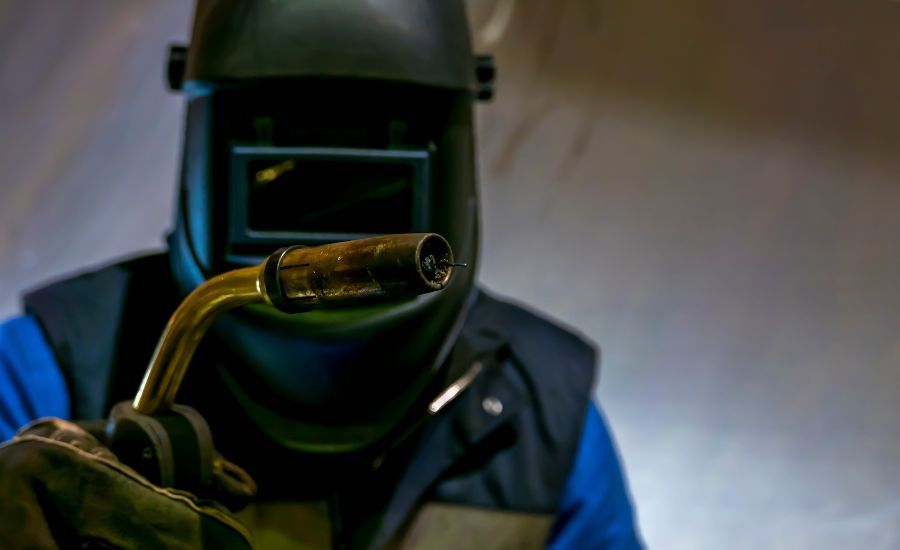
Frequently Asked Questions
What is the difference between MIG and MAG welding?
The major distinction between MIG welding and MAG welding is the sort of shielding gas employed. MIG welding applies only inert gases, while MAG welding employs active gases.
What is meant by MAG welding?
Metal active gas welding, generally recognized as MIG welding, refers to the welding process that employs a metal electrode to fuse two metal pieces.
What is a mag welder used for?
A MIG welder, which stands for Metal Inert Gas welder, finds utility in a wide range of welding assignments across diverse domains.
Industries involved in manufacturing metal-based equipment, machinery, and structural components predominantly rely on this welding technology.
What are the advantages of MAG welding?
The MAG welding process is extensively utilized due to its versatility and numerous benefits such as expedited welding speed, user-friendliness, top-notch weld quality, and minimal cleaning requirements following the welding process.
Conclusion
The manufacturing industry benefits extensively from the versatile MAG welding technique. With the requisite equipment and expertise, this process can prove highly efficient and effective.
To sum up, MAG welding is a widely adopted welding technique with numerous advantages.


